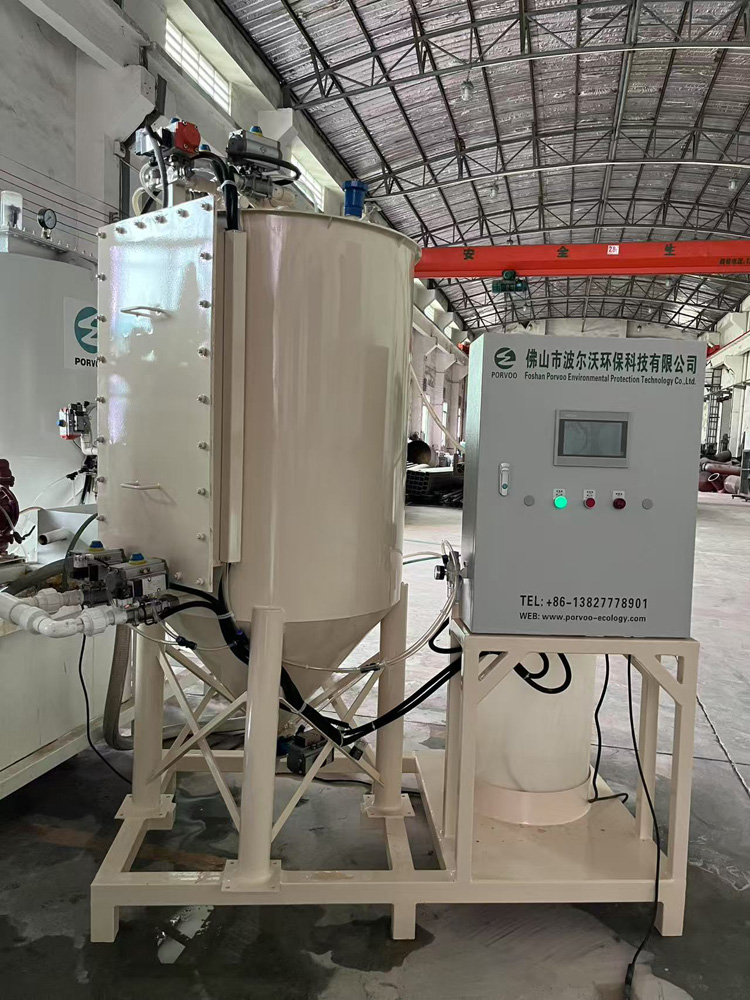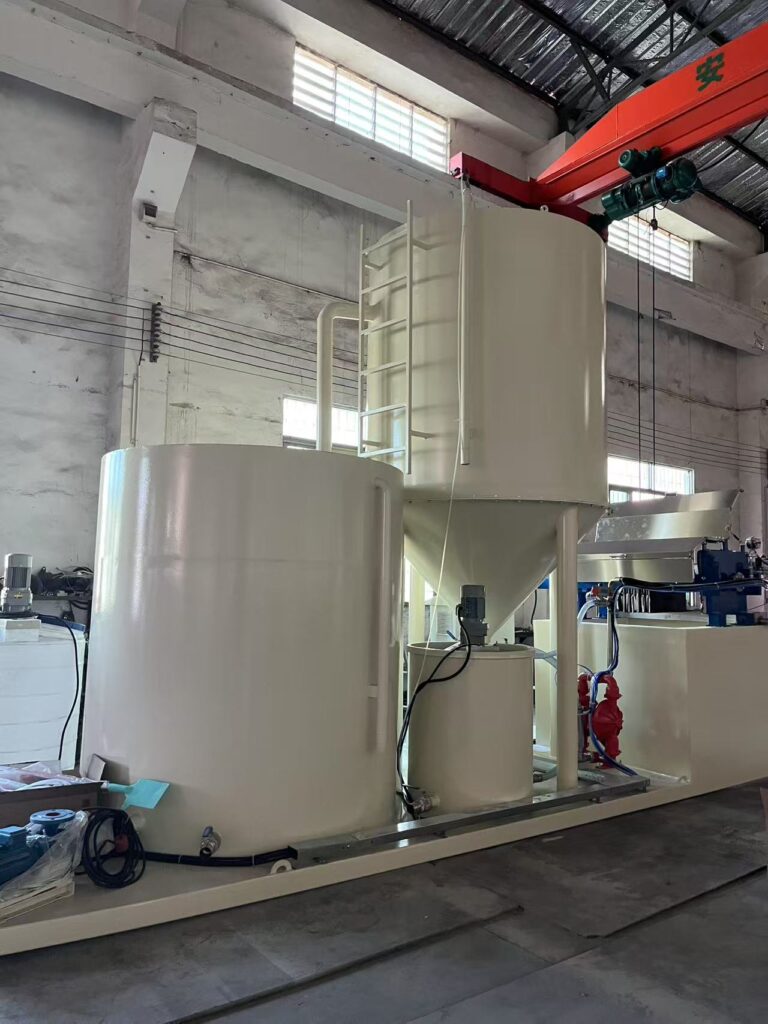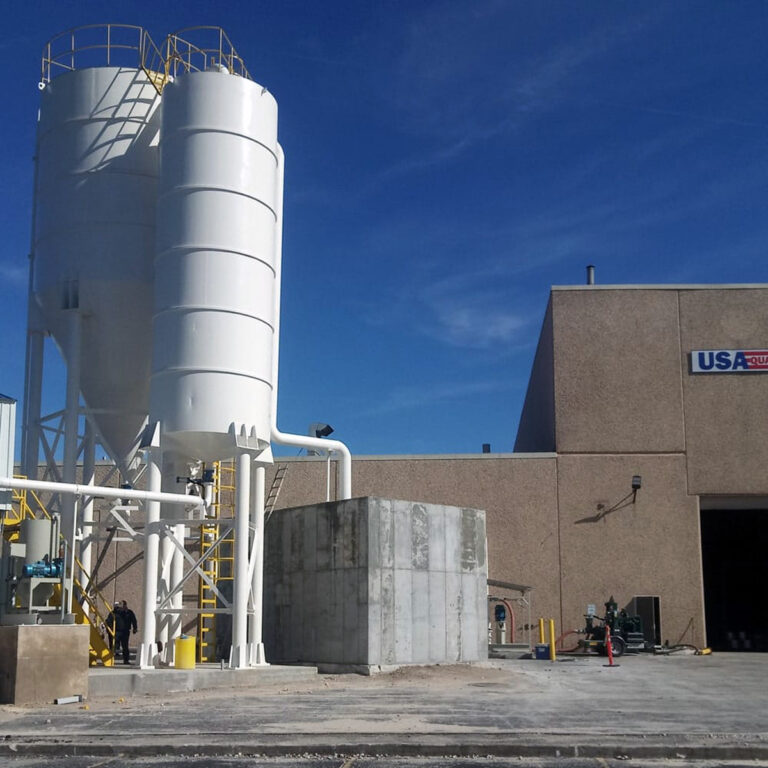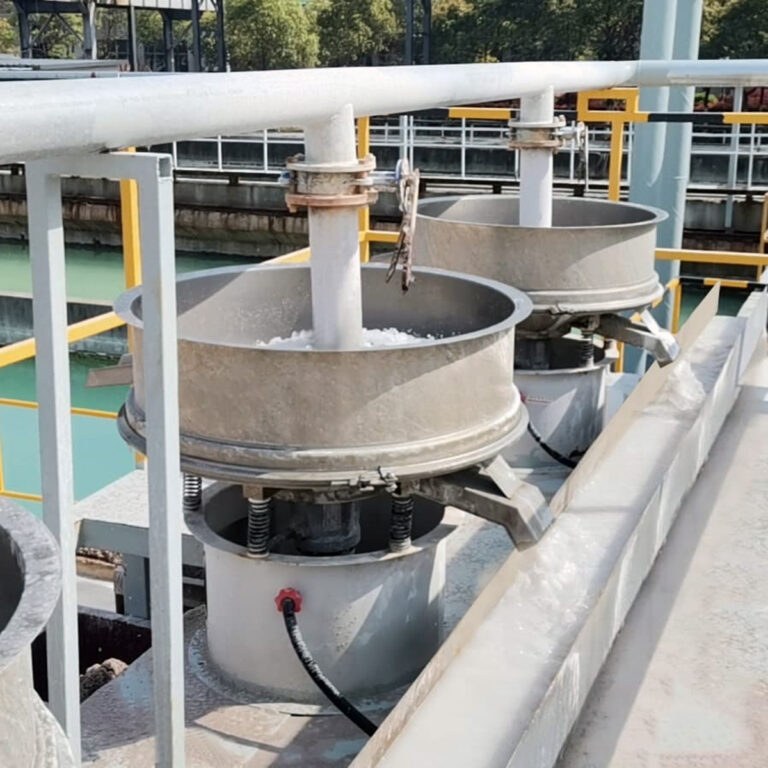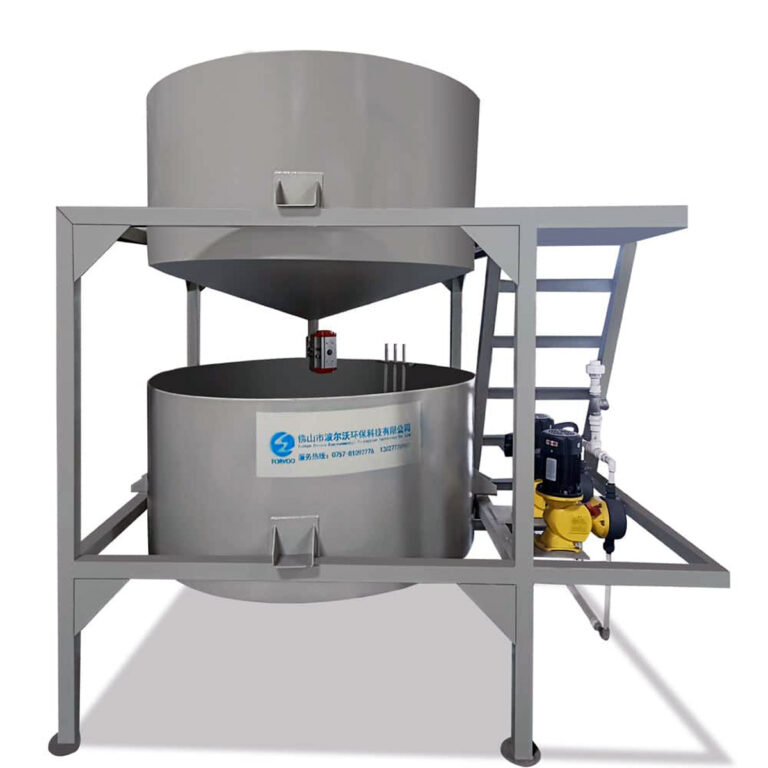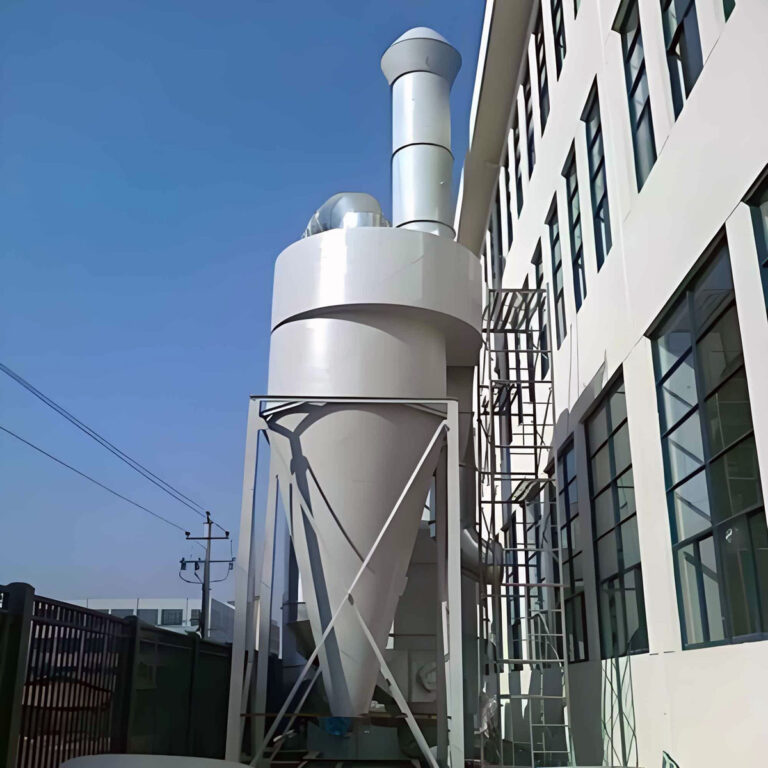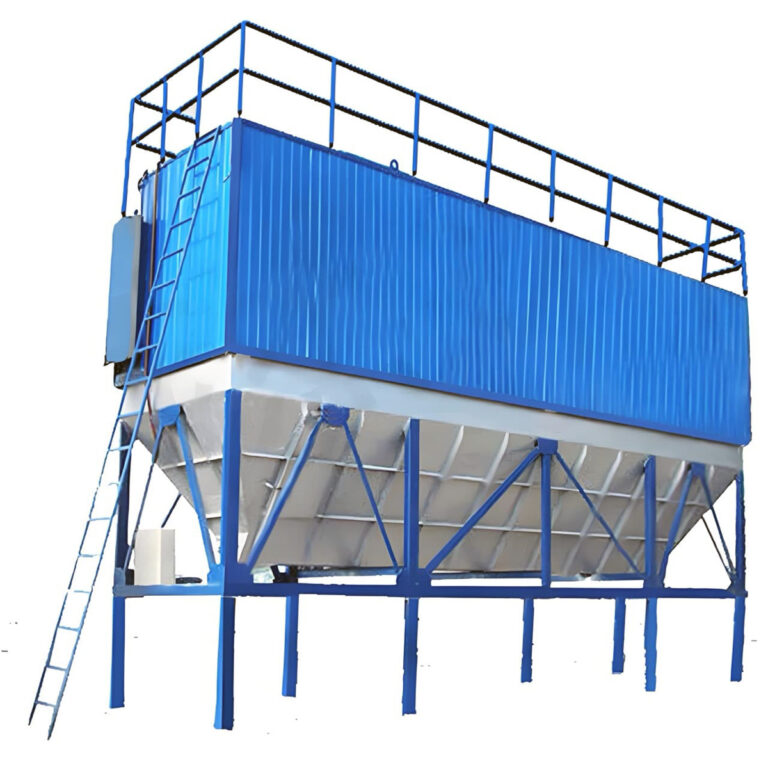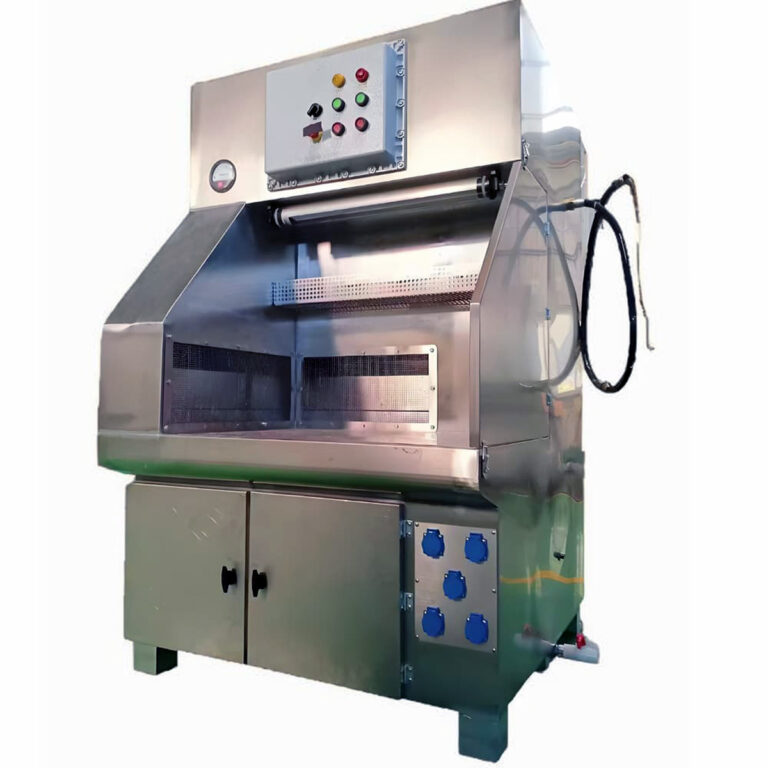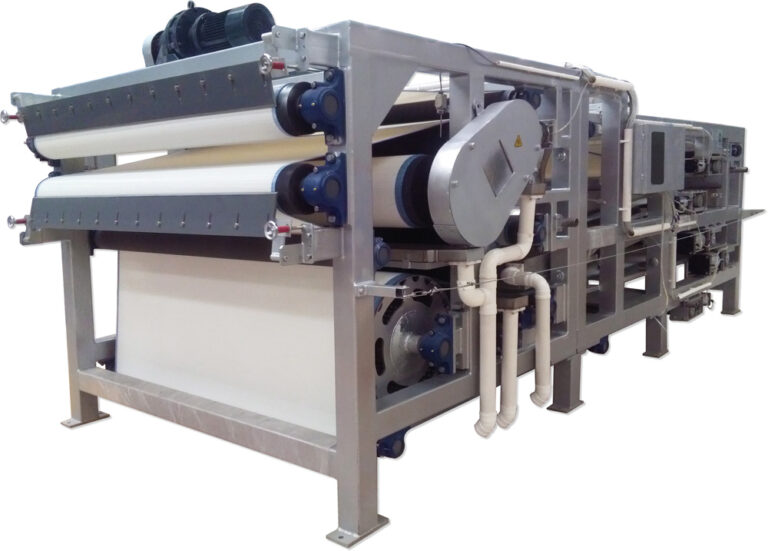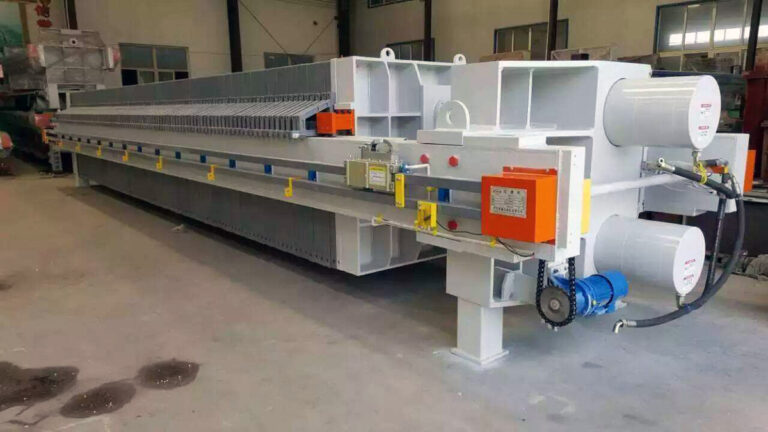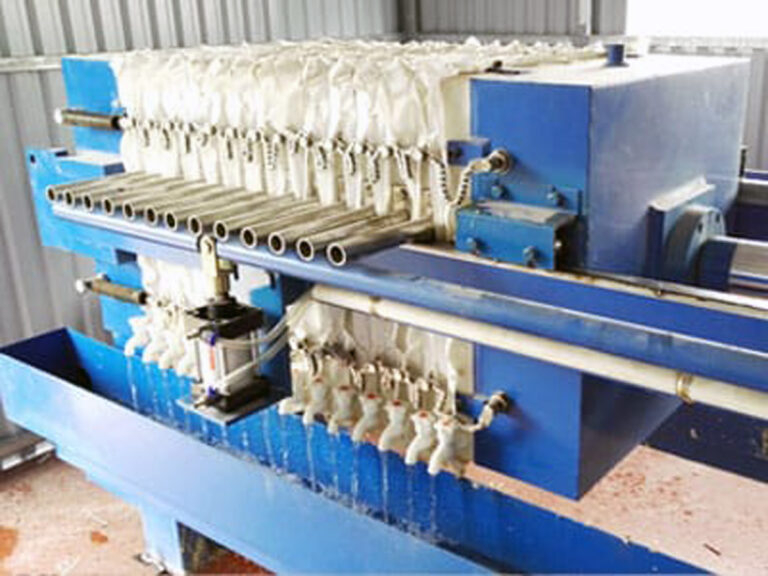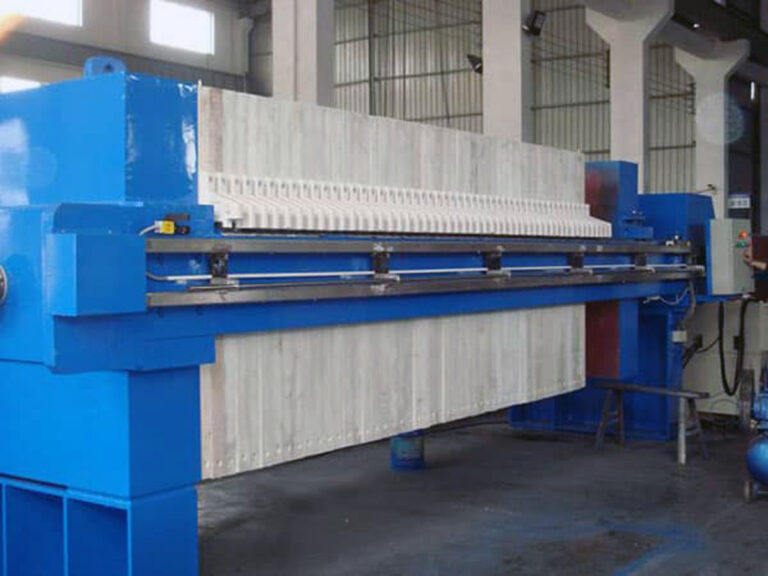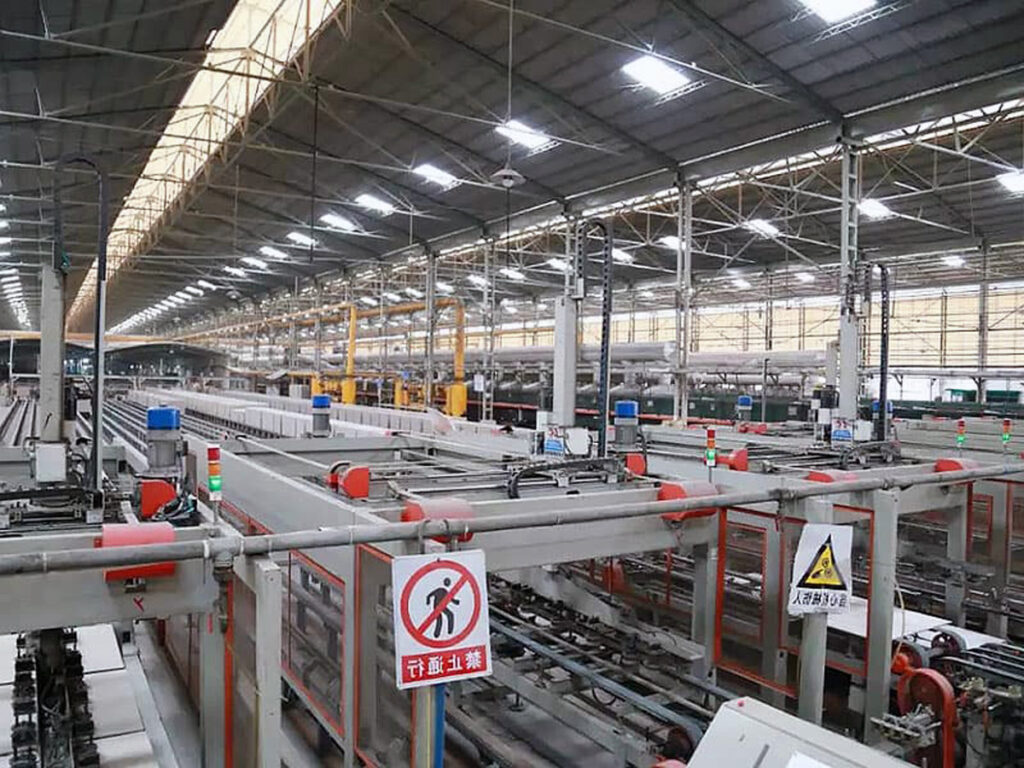Selecting the right wastewater treatment equipment can make or break your facility’s operational efficiency and environmental compliance. With industrial discharge regulations tightening globally and treatment costs escalating, many facility managers face the daunting challenge of choosing between dozens of equipment options, each claiming superior performance. The complexity deepens when considering that a single wrong choice can result in regulatory violations, unexpected downtime, and treatment costs that spiral 40-60% beyond initial projections.
This reality creates significant pressure for decision-makers who must balance immediate budget constraints with long-term operational reliability. Without proper equipment selection, facilities often encounter cascading problems: inadequate treatment capacity during peak loads, excessive energy consumption, and frequent maintenance disruptions that compromise production schedules.
This comprehensive guide provides you with the technical insights, selection criteria, and practical frameworks needed to make informed equipment decisions. You’ll discover how to evaluate different wastewater treatment equipment technologies, understand their optimal applications, and avoid costly selection mistakes that plague many industrial facilities.
What is Wastewater Treatment Equipment?
Wastewater treatment equipment encompasses the comprehensive array of mechanical, biological, and chemical systems designed to remove contaminants from industrial and municipal wastewater streams. These systems transform contaminated water into effluent that meets environmental discharge standards or quality requirements for reuse applications.
Core Components of Treatment Systems
Modern wastewater treatment facilities integrate multiple equipment categories working in synchronized stages. Primary treatment equipment includes bar screens, grit chambers, and clarifiers that remove large solids and settle suspended particles. This initial stage typically achieves 25-35% BOD reduction and 50-70% suspended solids removal.
Secondary treatment systems employ biological processes through activated sludge systems, trickling filters, or membrane bioreactors (MBRs). These systems achieve 85-95% BOD removal efficiency and significantly reduce nitrogen and phosphorus levels. PORVOO specializes in designing integrated treatment solutions that optimize these biological processes for specific industrial applications.
Advanced Treatment Technologies
Tertiary treatment equipment addresses specific contaminants requiring advanced removal techniques. Membrane filtration systems, including reverse osmosis and nanofiltration, achieve 99% removal of dissolved solids and trace contaminants. UV disinfection systems provide chemical-free pathogen elimination, while ozone treatment oxidizes recalcitrant organic compounds.
| Treatment Stage | Primary Equipment | Removal Efficiency | Typical Applications |
|---|---|---|---|
| Primary | Screens, Clarifiers | 30-40% BOD | Municipal, Food Processing |
| Secondary | Activated Sludge, MBR | 85-95% BOD | Industrial, Municipal |
| Tertiary | RO, UV, Ozone | 99% Contaminants | Reuse, Strict Discharge |
In our experience, facilities often underestimate the integration requirements between equipment stages. Each component must be properly sized and configured to handle fluctuating flow rates and contaminant loads throughout daily operational cycles.
How to Choose the Right Industrial Wastewater Equipment?
Selecting appropriate industrial wastewater equipment requires systematic evaluation of your facility’s specific requirements, discharge characteristics, and operational constraints. The selection process demands careful analysis of multiple technical and economic factors that significantly impact long-term performance.
Wastewater Characterization and Flow Analysis
Comprehensive wastewater characterization forms the foundation of equipment selection. Flow rate variations throughout production cycles, contaminant concentrations, and seasonal fluctuations directly influence sizing requirements. Industrial facilities typically experience 2-4x flow variations between peak and minimum production periods.
Contaminant analysis must include BOD, COD, suspended solids, nutrients, heavy metals, and industry-specific pollutants. For example, pharmaceutical facilities require equipment capable of handling complex organic molecules, while metal finishing operations need systems designed for heavy metal removal and pH neutralization.
Regulatory Compliance Requirements
Discharge permit requirements establish the minimum treatment performance standards your equipment must achieve. These standards vary significantly by location and receiving water body sensitivity. Facilities discharging to surface waters typically face stricter limits than those connecting to municipal treatment systems.
According to EPA data, 78% of industrial discharge violations result from inadequate equipment capacity during peak loading conditions. This emphasizes the importance of designing systems with appropriate safety factors and shock loading capabilities.
Technology Selection Framework
Equipment selection should follow a systematic evaluation process comparing different technologies against your specific requirements. Biological treatment systems excel for high-strength organic waste but require skilled operators and consistent environmental conditions. Physical-chemical systems offer reliable performance with variable loading but typically involve higher chemical costs.
“The key to successful equipment selection lies in understanding the true cost of ownership over the system’s 15-20 year lifespan, not just the initial capital investment,” notes Dr. Sarah Chen, a leading wastewater treatment consultant.
What Are the Main Types of Wastewater Treatment Machinery?
Industrial wastewater treatment employs diverse machinery categories, each designed for specific treatment objectives and contaminant removal mechanisms. Understanding these equipment types and their optimal applications enables informed selection decisions that maximize treatment efficiency while minimizing operational costs.
Physical Treatment Equipment
Physical treatment systems mechanically separate contaminants through screening, sedimentation, and filtration processes. Bar screens and rotary drum screens remove large debris, while dissolved air flotation (DAF) systems separate oil, grease, and suspended solids using microscopic air bubbles.
Clarifiers represent the most common physical treatment equipment, utilizing gravity settling to separate solids from liquid streams. High-rate clarifiers achieve 85-95% suspended solids removal in compact footprints, making them ideal for facilities with space constraints.
Biological Treatment Systems
Biological treatment machinery harnesses microorganisms to decompose organic contaminants through aerobic or anaerobic processes. Activated sludge systems remain the most widely deployed biological treatment technology, achieving consistent BOD removal across diverse industrial applications.
Membrane bioreactors (MBRs) combine biological treatment with membrane filtration, producing high-quality effluent suitable for reuse applications. While MBRs require 20-30% higher energy consumption than conventional systems, they eliminate secondary clarifiers and produce 60-80% less sludge.
Chemical Treatment Equipment
Chemical treatment systems utilize precipitation, oxidation, and neutralization processes to remove specific contaminants. pH adjustment systems, essential for most industrial applications, employ automated dosing equipment to maintain optimal treatment conditions.
Advanced oxidation processes (AOPs) using ozone, hydrogen peroxide, or UV radiation break down recalcitrant organic compounds that resist biological treatment. These systems prove particularly effective for pharmaceutical and chemical industry applications.
| Equipment Type | Removal Mechanism | Typical Efficiency | Maintenance Requirements |
|---|---|---|---|
| DAF Systems | Physical Separation | 90-95% SS | Monthly cleaning |
| Activated Sludge | Biological | 85-95% BOD | Daily monitoring |
| Membrane Filtration | Physical/Size | 99% Particles | Quarterly replacement |
| Chemical Precipitation | Chemical | 95-99% Metals | Weekly chemical delivery |
Sludge Management Equipment
Sludge handling and dewatering equipment manages the solid byproducts generated during treatment processes. Belt filter presses, centrifuges, and screw presses remove water from sludge, reducing disposal volumes by 75-85%.
Advanced industrial wastewater treatment solutions integrate sludge management with energy recovery systems, converting organic waste into biogas for facility heating or electricity generation.
How Does Water Treatment Equipment Selection Impact Your Operations?
Equipment selection decisions create cascading effects throughout your facility’s operations, influencing everything from daily maintenance requirements to long-term expansion capabilities. These impacts extend beyond treatment performance to affect energy consumption, staffing needs, and overall operational flexibility.
Energy Consumption and Operational Costs
Different treatment technologies exhibit dramatically varying energy requirements. Biological treatment systems typically consume 0.3-0.6 kWh per cubic meter of treated water, while membrane systems require 1.5-3.0 kWh per cubic meter. For facilities processing 1,000 cubic meters daily, this difference translates to $50,000-100,000 in annual energy costs.
Aeration systems in biological treatment facilities often account for 45-75% of total energy consumption. Variable frequency drives (VFDs) and high-efficiency blowers can reduce these costs by 25-40%, but require higher initial investments that pay back within 2-3 years through energy savings.
Staffing and Skill Requirements
Equipment complexity directly correlates with staffing requirements and skill levels needed for effective operation. Simple physical treatment systems may require only part-time operator attention, while biological treatment systems demand continuous monitoring and skilled technicians capable of troubleshooting complex biological processes.
Membrane systems require operators trained in membrane cleaning protocols, replacement procedures, and performance monitoring. Facilities often underestimate these training costs, which can reach $15,000-25,000 per operator for specialized equipment.
Maintenance and Reliability Considerations
Equipment selection significantly impacts maintenance scheduling and replacement part availability. Standardized equipment from established manufacturers typically offers better parts availability and service support, reducing downtime during maintenance events.
A recent industry study found that facilities using standardized equipment configurations experience 35% less unplanned downtime compared to those with custom-designed systems. This reliability advantage becomes particularly important for facilities operating under strict discharge permit requirements.
Scalability and Future Expansion
Treatment system scalability affects your facility’s ability to accommodate production increases or changing discharge requirements. Modular equipment designs allow incremental capacity additions without major system modifications, while integrated systems may require complete replacement for expansion.
According to industry data, 60% of industrial facilities expand their treatment capacity within 10 years of initial installation. Equipment selection should consider this probability and incorporate expansion provisions in initial designs.
What Factors Determine Industrial Water Purification Equipment Performance?
Industrial water purification equipment performance depends on multiple interconnected factors that must be carefully balanced to achieve optimal treatment results. Understanding these performance drivers enables better equipment selection and operational optimization strategies.
Hydraulic Loading and Retention Time
Hydraulic loading rates significantly influence treatment efficiency across all equipment types. Biological systems require sufficient retention time for microorganisms to metabolize organic contaminants, typically 4-8 hours for activated sludge systems. Exceeding design loading rates by 20-30% can reduce treatment efficiency by 40-60%.
Membrane systems demonstrate particularly sensitive relationships between flux rates and fouling propensity. Operating ultrafiltration membranes at 70-80% of maximum flux extends membrane life by 50-70% while maintaining consistent permeate quality.
Temperature and Environmental Conditions
Temperature fluctuations dramatically affect biological treatment performance. Activated sludge systems experience 50% activity reduction when temperatures drop from 25°C to 10°C. Northern facilities often require heated buildings or supplemental heating systems to maintain consistent treatment performance during winter months.
“Temperature control represents one of the most overlooked factors in treatment system design. A properly designed heating system can prevent winter treatment failures that cost facilities hundreds of thousands in permit violations,” explains Dr. Michael Rodriguez, a process engineering specialist.
Chemical Dosing and pH Control
Chemical dosing accuracy determines treatment effectiveness for precipitation and coagulation processes. Automated dosing systems with real-time pH monitoring achieve 95-98% removal efficiency, while manual dosing typically achieves only 80-85% removal rates.
Proper pH control becomes critical for biological systems, which require pH ranges of 6.5-8.5 for optimal performance. pH excursions outside this range can kill beneficial microorganisms, requiring weeks for system recovery.
Contaminant Loading Characteristics
Shock loading events, where contaminant concentrations spike suddenly, test equipment resilience and recovery capabilities. Biological systems typically require 2-5 days to recover from severe shock loads, while physical-chemical systems can resume normal operation within hours.
Facilities implementing comprehensive wastewater treatment solutions often incorporate equalization tanks that smooth out flow and loading variations, protecting downstream equipment from shock conditions.
How to Evaluate Wastewater Processing Equipment Costs?
Accurate cost evaluation requires comprehensive analysis of capital expenses, operational costs, and long-term financial implications over the equipment’s operational lifetime. Many facilities focus primarily on initial purchase costs while underestimating ongoing operational expenses that often exceed capital costs within 3-5 years.
Capital Cost Components
Initial equipment costs typically include purchase price, installation, electrical connections, and commissioning. However, site preparation, building modifications, and permit acquisition can add 30-50% to base equipment costs. Biological treatment systems require additional infrastructure including aeration equipment, electrical systems, and control panels.
Complex treatment systems may require specialized foundations, corrosion-resistant materials, and explosion-proof electrical equipment that significantly increase installation costs. These factors can double total project costs compared to basic equipment pricing.
Operational Cost Analysis
Operational costs encompass energy consumption, chemical usage, maintenance, and operator labor. Energy costs vary dramatically by treatment technology, with biological systems consuming 0.3-0.8 kWh per cubic meter while membrane systems require 1.5-4.0 kWh per cubic meter.
Chemical costs fluctuate with raw material prices and treatment requirements. Facilities using chemical precipitation may spend $2,000-8,000 monthly on coagulants, flocculants, and pH adjustment chemicals, depending on flow rates and contaminant levels.
| Cost Category | Biological Treatment | Membrane Systems | Chemical Treatment |
|---|---|---|---|
| Capital Cost | $200-500/m³/day | $800-1,200/m³/day | $300-600/m³/day |
| Energy Cost | $0.05-0.15/m³ | $0.20-0.40/m³ | $0.10-0.25/m³ |
| Chemical Cost | $0.02-0.08/m³ | $0.05-0.15/m³ | $0.25-0.75/m³ |
| Maintenance Cost | $0.08-0.20/m³ | $0.15-0.35/m³ | $0.10-0.25/m³ |
Life Cycle Cost Calculation
Life cycle cost analysis should evaluate total ownership costs over 15-20 years, including equipment replacement, major overhauls, and technology upgrades. Membrane systems require membrane replacement every 3-7 years, representing 20-30% of initial capital costs.
Biological treatment systems may require tank rehabilitation, blower replacement, and control system upgrades throughout their operational life. These major maintenance events can cost 40-60% of original equipment investment.
Return on Investment Considerations
Equipment selection should consider potential cost savings through water reuse, reduced discharge fees, and improved regulatory compliance. High-quality treatment systems enabling water reuse can save $1.50-4.00 per cubic meter compared to purchasing fresh water and paying discharge fees.
Facilities avoiding regulatory violations through reliable equipment operation save substantial penalty costs. EPA fines for discharge violations average $50,000-200,000 per incident, making reliable equipment selection a critical risk management strategy.
What Are the Common Challenges in Equipment Selection?
Equipment selection presents numerous challenges that can lead to suboptimal performance, cost overruns, and operational difficulties. Understanding these common pitfalls enables better decision-making and helps avoid costly mistakes that plague many industrial facilities.
Insufficient Wastewater Characterization
Many facilities proceed with equipment selection based on incomplete or inaccurate wastewater characterization data. Seasonal variations, production changes, and future expansion plans often remain unconsidered during initial assessment phases. This oversight leads to undersized equipment that fails during peak loading conditions.
Inadequate sampling protocols frequently miss critical contaminants or fail to capture maximum concentration events. A food processing facility recently discovered their equipment couldn’t handle cleaning chemical residues because initial sampling occurred only during production hours, missing the high-pH, high-temperature cleaning cycles.
Overemphasis on Initial Costs
Cost-focused selection processes often prioritize low initial investment over long-term operational efficiency. This approach frequently results in higher total ownership costs as facilities struggle with excessive energy consumption, frequent maintenance, and premature equipment replacement.
In our experience, facilities selecting equipment based primarily on purchase price typically spend 40-60% more over the system’s lifetime compared to those choosing based on life cycle cost analysis. The savings from efficient operation and reduced maintenance far exceed initial cost differences.
Technology Mismatch for Application
Selecting inappropriate technology for specific applications causes performance problems and increased costs. Biological treatment systems require consistent loading and environmental conditions, making them unsuitable for facilities with highly variable production schedules or toxic discharge components.
“The biggest mistake I see is facilities choosing trendy or complex technologies without considering their operational capabilities and maintenance requirements,” notes Jennifer Walsh, a wastewater treatment systems engineer with 20 years of experience.
Inadequate Operator Training and Support
Equipment requiring specialized operating knowledge often fails when facilities underestimate training requirements or lack access to technical support. Complex membrane systems, advanced biological processes, and automated control systems demand skilled operators capable of troubleshooting sophisticated equipment.
Facilities should budget 5-10% of equipment costs for operator training and establish relationships with qualified service providers before equipment installation. This preparation prevents costly operational failures and ensures optimal system performance.
Regulatory Compliance Oversights
Changing discharge regulations and permit requirements can render equipment selections obsolete before installation completion. Facilities must consider probable regulatory changes and design systems with adequate flexibility to accommodate stricter future requirements.
Recent tightening of nutrient discharge limits has forced many facilities to retrofit biological nutrient removal capabilities or install tertiary treatment systems. Advanced treatment solutions incorporating flexible design elements can accommodate these regulatory changes without major system modifications.
Conclusion
Successful wastewater treatment equipment selection requires balancing multiple technical, economic, and operational factors while avoiding common pitfalls that compromise system performance. Key considerations include comprehensive wastewater characterization, life cycle cost analysis, appropriate technology matching, and adequate operator training provisions.
The most effective approach combines thorough technical evaluation with realistic assessment of your facility’s operational capabilities and long-term requirements. Rather than focusing solely on initial costs, prioritize equipment reliability, energy efficiency, and scalability to accommodate future growth and changing regulations.
Consider emerging technologies like membrane bioreactors and advanced oxidation processes that offer superior treatment performance while reducing operational complexity. These innovations will likely become standard practice as discharge requirements continue tightening globally.
Moving forward, successful facilities will integrate smart monitoring systems, predictive maintenance capabilities, and energy recovery technologies to optimize treatment performance while minimizing operational costs. The investment in proper equipment selection pays dividends through years of reliable operation, regulatory compliance, and operational efficiency.
What specific challenges does your facility face in wastewater treatment equipment selection? Consider consulting with experienced professionals who can provide customized solutions matching your unique operational requirements and regulatory environment.
For comprehensive assistance with your wastewater treatment equipment selection and implementation, explore proven industrial treatment solutions designed to meet the most demanding industrial applications while ensuring long-term operational success.
Frequently Asked Questions
Q: What is wastewater treatment equipment and why is it important?
A: Wastewater treatment equipment refers to the various machines and devices used to remove contaminants from water before it is released back into the environment or reused. This equipment is essential because it helps protect public health and ecosystems by ensuring water is clean and safe. Proper equipment selection depends on the type and level of pollutants, as well as treatment goals such as solids removal, biological treatment, or chemical processing.
Q: What are the common types of wastewater treatment equipment?
A: Common wastewater treatment equipment includes:
- Screens and filters (e.g., rotary drum screens) for removing large solids and debris
- Lamella separators for efficient solids settling
- Ultrafiltration systems to remove very fine particles and microorganisms
- Solid bowl centrifuges for separating solids from liquids via centrifugal force
- Vacuum evaporation and distillation units for advanced purification
- Valves like gate and butterfly valves to regulate flow through the system
Each type plays a specific role in different treatment stages, from primary screening to advanced filtration.
Q: How do I select the right wastewater treatment equipment for my facility?
A: Selecting equipment involves:
- Assessing the wastewater characteristics (e.g., solids concentration, chemical composition)
- Determining treatment objectives (e.g., removing suspended solids, reducing biological load)
- Considering flow rates and system capacity
- Evaluating energy efficiency and maintenance requirements
- Matching equipment types to process stages (e.g., screening, settling, filtration)
Consulting with experts and reviewing case-specific performance data can help make an informed choice that balances cost, efficiency, and compliance.
Q: What advanced wastewater treatment equipment options are available for tougher contaminants?
A: For complex or industrial wastewater, advanced equipment includes:
- Ultrafiltration and reverse osmosis systems to remove microscopic particles and dissolved contaminants
- Mechanical vapor recompression units to treat large volumes with reduced energy
- Vacuum evaporation and distillation units for separating volatile substances
- Microscreens for fine solid removal in tertiary treatment stages
These systems provide higher purity levels and are often used after primary and secondary treatment to meet strict discharge standards.
Q: Can wastewater treatment equipment be customized?
A: Yes, many wastewater treatment equipment types, such as rotary drum screens and lamella separators, can be customized based on flow rates, solids loading, and specific contaminants. Customization optimizes performance and ensures better integration within existing treatment plants. For example, drum screens can be internally or externally fed depending on site conditions, while filter media or cleaning cycles can be tailored for different wastewater compositions.
Q: What maintenance considerations are there for wastewater treatment equipment?
A: Proper maintenance ensures reliable operation and longevity. Key points include:
- Regular inspection and cleaning of screens and filters to prevent clogging
- Monitoring wear on moving parts like centrifuge liners or belts in belt filters
- Checking valve functionality for consistent flow control
- Scheduling preventative maintenance to identify issues early
- Ensuring operators are trained for routine troubleshooting and adjustments
Routine maintenance helps avoid downtime, reduces operational costs, and maintains treatment efficiency.
External Resources
- Guide to Wastewater Screening Equipment – This guide details different types of wastewater screening equipment and provides practical selection tips based on contaminant type, flow rate, and plant requirements.
- Chapter 5: Treatment System Selection (EPA Manual) – Comprehensive guidance from the EPA on selecting wastewater treatment systems, including key design and site assessment considerations for effective equipment selection.
- 7 Types of Wastewater Treatment Equipment. An Ultimate Guide – An overview of major wastewater treatment equipment types with decision factors like budget, treatment objectives, and professional guidance.
- 7 Common Types of Industrial Wastewater Equipment – A summary of industrial wastewater treatment equipment types, their benefits, and considerations for choosing the right system for your plant.
- Wastewater Treatment Plant Equipment List – Transcend – A review of essential wastewater treatment plant equipment, recent technological innovations, and recommendations for informed equipment selection.
- Wastewater Equipment Selection and Operation Overview – A resource covering equipment selection criteria and operational factors to optimize the performance and reliability of wastewater treatment plants.
